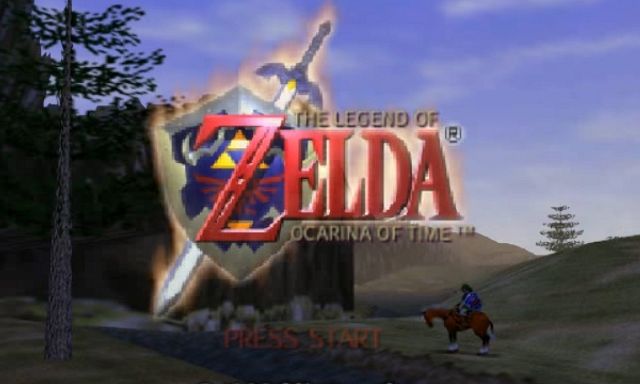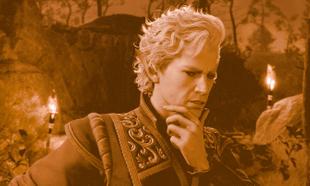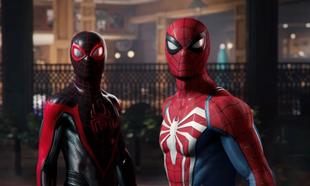Originally developed as part of a technical demonstration for the console's capabilities, the path from design to delivery was a rocky one. The game was originally slated to work with the 64DD, but eventually was shifted into a cartridge - the largest game Nintendo had created up until that point. The size of the game was 32MB - which is roughly the size of a large image - and contained close to 500 character animations. 120 people were attached to the development.
Those numbers might seem trite, and even laughable, compared to the Hollywood-style figures put up by the likes of 'Red Dead Redemption 2' and 'Skyrim', but back in 1998, it was groundbreaking. 20 years on, the terrain has been permanently shifted by it. All RPGs owe a debt to 'Ocarina of Time'. You can't play a single RPG nowadays without there being some slight reference or acknowledgement to its legacy.
What's interesting about 'Ocarina of Time' compared to RPGs nowadays is how it so clearly put you in control of the character, rather than you creating the character. While there was the usual trivial name selection part of it, the game made it clear that this was a narrative you were being brought through, rather than a story that you would define. At the time, choice mechanics were non-existent and the nature in which the game played out was essentially on rails.
Again, that might seem counter to what RPGs are nowadays, but it's the truest essence of it. It's a role-playing game. You, the player, assume the role of Link and you play through the story or game until its completion. It didn't matter if you couldn't influence saving the Deku Tree, or if you were unable to see Link physically age over the seven-year gap, none of it did. The story itself was so rich in its simplicity and so cleanly executed that the lack of choice seemed logical. It's a story, and the story was being told to you
The graphics, even if they had a slightly cartoonish bent to them, made sense. It was a fairytale story and the idea of having a hyper-realistic view on it would have been hideous. You only need to look at 'Breath Of The Wild', which had the system power to do it, to know that it was an aesthetic choice on 'Ocarina of Time' as much as it was a practical one. The music, as well, with its lullaby rhythms and gentle melodies fits so perfectly with the visual designs.
The playability of 'Ocarina of Time' was just as important as the graphics. Like 'Breath of the Wild', there was a real sense of problem-solving as play, and how ingenious solutions were not only allowed, but encouraged. The game felt so big and so full of surprises that it seemed absolutely possible to think your way out of a dungeon as much as you could fight your way out.
That the story itself saw Link mature was no accident. This in itself felt like a parallel with the RPG genre, that it was time for players to adapt and move on to a new way of thinking - but still honour what came before. The game dealt with the idea of change, death, the loss of innocence, adolescence to adulthood - something that very few games acknowledged, much less placed it front and centre. For a game that was played by adolescents and young teenagers, the resonance the themes and motifs the game dealt with were not only pointed but poignant.
That the franchise has still continued on, and continues to be one of the most innovative in gaming, is no surprise. 'Ocarina of Time' was, and still is, the best example of storytelling through an interactive medium.










































































